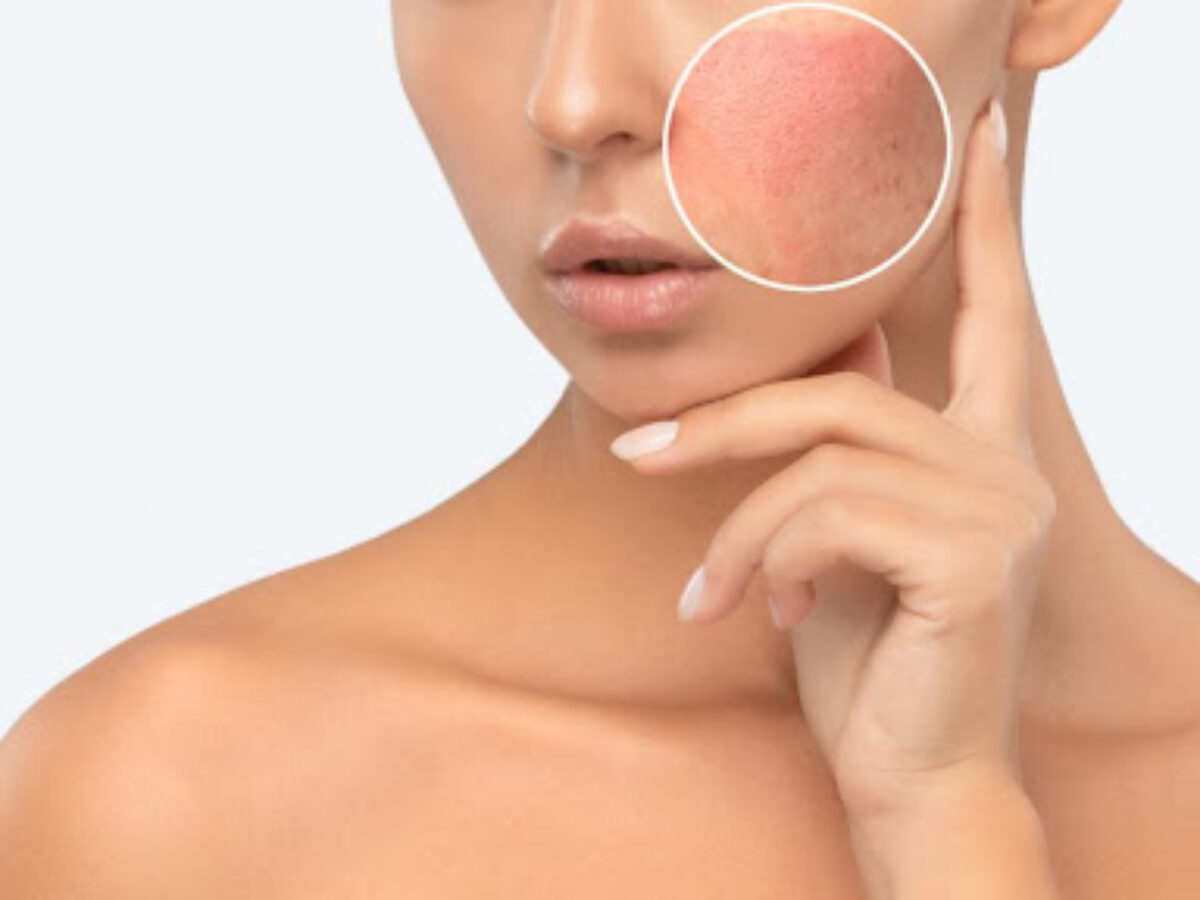Pigmentation on the face is a common concern for many individuals, and it can manifest in various forms and intensities. This article aims to delve into the different causes of pigmentation on the face and explore effective solutions, including the increasingly popular Pico Laser Treatment. If you’re dealing with pigmentation on your face in Singapore, you’ve come to the right place for guidance on understanding and addressing this issue.
Understanding Pigmentation on Face
Pigmentation refers to the color of our skin, which is determined by the amount of melanin present. Melanin is a pigment that provides color to our skin, hair, and eyes. When the production of melanin becomes uneven or excessive in certain areas of the face, it results in pigmentation irregularities. There are various causes behind these irregularities, and we’ll explore each one in detail.
Causes of Pigmentation
Sun Exposure
One of the primary causes of pigmentation on the face is excessive sun exposure. In Singapore, where the sun shines brightly year-round, protecting your skin from harmful UV rays is crucial. Prolonged exposure to the sun can lead to the development of dark spots, also known as sunspots or age spots, on the face. These spots are a result of the overproduction of melanin triggered by UV radiation.
Hormonal Changes
Hormonal changes can significantly impact the appearance of pigmentation on the face. Conditions such as melasma and chloasma, often referred to as the “mask of pregnancy,” are common during pregnancy and can result in dark patches on the face. Hormonal birth control methods and hormone replacement therapy can also contribute to pigmentation changes.
Post-Inflammatory Hyperpigmentation (PIH)
Post-inflammatory hyperpigmentation (PIH) is a type of pigmentation that occurs after the skin experiences inflammation or trauma. Common culprits include acne, eczema, and even minor injuries. When the skin heals from these incidents, it often produces excess melanin, leading to dark spots or patches.
Genetics
Sometimes, genetics play a significant role in the development of pigmentation on the face. If your parents or grandparents have a history of pigmentation issues, you may be more prone to experiencing them as well. This is particularly common among individuals with a higher concentration of melanin in their skin.
Environmental Factors
Environmental factors such as pollution and smoking can contribute to pigmentation issues on the face. Pollution can lead to the formation of free radicals on the skin’s surface, causing oxidative stress and subsequently darkening the complexion. Smoking, on the other hand, restricts blood flow to the skin, making it more susceptible to pigmentation problems.
Skin Trauma
Skin trauma, whether from cosmetic procedures or injuries, can lead to pigmentation problems. For example, tattoo removal procedures can sometimes leave behind hyperpigmented areas, and injuries that cause scarring can disrupt the skin’s natural pigment distribution.
Age
As we age, our skin undergoes various changes, including an increased likelihood of developing pigmentation issues. Age spots, also known as liver spots, can appear on the face due to years of sun exposure and the natural aging process. These spots are often more common in individuals over the age of 50.
Pico Laser Treatment for Pigmentation on Face
Pico Laser Treatment is a cutting-edge solution for addressing pigmentation issues on the face in Singapore. This non-invasive procedure has gained popularity for its ability to effectively target pigmented lesions without causing significant damage to the surrounding skin. Here’s how it works:
Targeted Energy Pulses
During a Pico Laser Treatment session, the dermatologist uses a specialized laser device that emits ultra-short pulses of energy. These pulses are delivered at picosecond intervals, which are significantly shorter than the traditional nanosecond pulses used in older laser technologies.
Precision and Safety
The ultra-short pulses of energy target the pigmented lesions with extreme precision. This allows for the fragmentation of pigment particles without causing damage to the surrounding healthy skin. The procedure is generally well-tolerated and has minimal downtime.
Pigment Disintegration
As the laser energy is absorbed by the pigmented cells, it shatters the pigment particles into smaller fragments. These tiny fragments are then naturally eliminated by the body’s immune system over time. This process leads to a gradual fading of pigmented lesions.
Multiple Sessions
Pico Laser Treatment typically requires multiple sessions to achieve optimal results, depending on the severity of the pigmentation issue. However, patients often notice improvement after just one session.
Versatility
One of the key advantages of Pico Laser Treatment is its versatility. It can effectively target various types of pigmentation, including sunspots, age spots, melasma, and even tattoo removal. This makes it a valuable option for individuals with diverse pigmentation concerns.
Conclusion
Managing pigmentation on the face is a journey that begins with understanding its causes and then exploring the most suitable solutions. Whether your pigmentation issues stem from sun exposure, hormonal changes, genetics, environmental factors, age, or skin trauma, there are ways to address and improve the condition. In Singapore, where the sun shines brightly, protecting your skin from harmful UV rays is especially crucial.
For those seeking advanced and effective treatment options, Pico Laser Treatment offers a promising solution. Its precision, safety, and versatility make it a valuable choice for individuals looking to rejuvenate their skin and address pigmentation concerns. If you’re dealing with pigmentation on your face in Singapore, don’t hesitate to consult with a dermatologist to explore the best approach for your specific needs. Remember, with the right knowledge and treatment, you can achieve a more radiant and even complexion.


